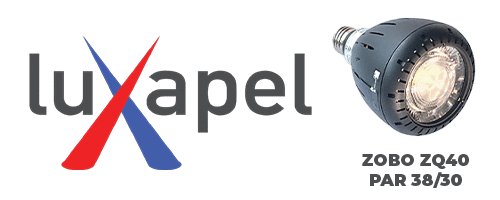Are you tired of struggling with poor quality of sound during your worship services? Do you find it challenging to achieve clarity and even coverage in your audio system?
Sound pollution is a common issue that plagues worship spaces. Destructive reflections and collisions of sound within the room can significantly degrade intelligibility, making it difficult for your congregation to fully engage with the message being delivered.
Here are three pro tips to help you overcome the challenges of sound pollution:
- Consider the space.
Every room has its own acoustic profile. A well-designed, deployed and tuned sound system can do wonders for a pleasing and transforming audio experience. If there are too many sound reflections, it can be difficult or even impossible to understand what someone is saying (speech intelligibility).
- Watch out for stage monitor wash.
When floor wedges are used for monitors, the No. 1 culprit for poor sound quality is unwanted monitor wash coming from the stage. Most churches using floor wedges as monitors for the worship team end up generating more “muddy” monitor sound in the room than the main sound system is generating. In-ear monitors have become the primary effective solution for this problem.
- Employ the “silent stage” concept.
There may be a number of sound-generating sources on stage that interfere with the intended mix for the congregation. Acoustic drums and pianos, electric and bass guitar amplifiers, and other acoustically loud instruments can disrupt a pleasing mix by overwhelming the other signal levels in the mix. Using a drum isolation booth and guitar amp isolation cabinets are just a couple of ways to significantly minimize unwanted sound from the stage.
Sound Pollution Evaluation Checklist
What items on stage produce enough noise to interfere with the speaker system mix? Typically, it’s acoustic instruments, amplifiers and monitors.
Problem: Acoustic Drum Kit and other percussion instruments
Solution: For drums, a drum isolation booth and microphones allow the mixing engineer/FOH to control the volume level of the drum kit. This is so it doesn’t overpower the worship team and band. The other option is using an electronic drum kit.
Problem: Acoustic piano
Solution: Fit an acoustic piano with sound absorption materials to dampen the acoustic volume level. Another option would be to use an electronic keyboard.
Problem: Base and guitar amplifiers
Solution: Reduce guitar acoustic amplifier volume in the room. Guitar amp isolation cabinets effectively reduce the acoustic amplifier volume in the room, especially when they’re located in another room.
Problem: Floor wedge monitors and monitor wash
Solution: When using floor wedges, each person needs their own floor wedge with their own mix. That way, it simply provides only what they need and nothing more. No sharing of monitors, which is the primary reason why monitors overpower the house system. This causes muddy and inarticulate sound.
The most effective method for taming the monitor wash is the utilization of personal in-ear monitors. The in-ear buds need to be sound-isolating, professional-level monitors. Specifically, the drummer and bass player, or whoever wants the low end, needs to utilize models with low-frequency drivers.
This information is courtesy of FOCUS Partners, which specializes in audio visual consultation, integration and installation tailored specifically for churches, www.focuspartnersav.com.















